A major investigation was underway Monday after 179 people were killed in one of South Korea’s deadliest plane crashes ever when an airliner belly-landed at Muan International Airport on Sunday before skidding into a wall and bursting into flames.
Questions remain around exactly what caused Jeju Air Flight 2216 to crash — and why the death toll was so high, with just two survivors.
Hundreds of family members camped out overnight at the international airport, desperate for answers about what happened to their loved ones and demanding to be able to see their remains.
Here’s what we know so far about the deadly crash and the investigation into what caused it:
What happened?
Jeju Air Flight 2216 took off from Bangkok shortly after 2 a.m. local time (2 p.m. ET Saturday), according to the flight-tracking platform FlightAware.
Around 8:59 a.m. (6:59 pm ET Saturday), the pilot of the Boeing 737-800 plane issued a “bird strike” warning used to alert a collision between at least one bird and an aircraft, before declaring “mayday,” Yu Kyung-soo, director of aviation safety policy at South Korea’s Ministry of Land, Infrastructure and Transport, or MOLIT, said in a briefing Monday.
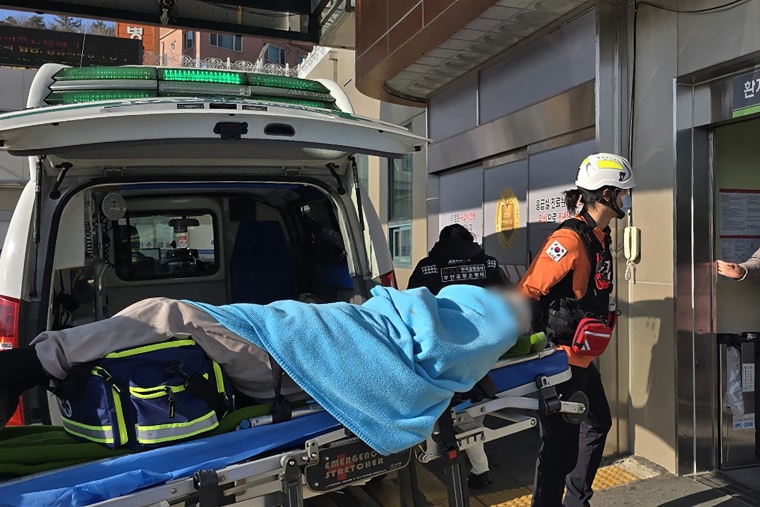
“The aircraft then performed a go-around, and at 9:01 a.m., it was cleared to enter Runway 19,” Yu said. Just a minute later, the plane touched down at the one-third point, or almost 4,000 feet, of the runway, he said. But after about one minute, it veered off the runway and collided with a wall, Yu said.
The incident unfolded just minutes after the control tower at the airport had issued a bird activity warning at 8:57 a.m., Yu added.
In video captured of the crash, the plane could be seen belly-landing at Muan International Airport and skidding down the runway before crashing into a wall and erupting in flames. Video appeared to show that part or all of the aircraft’s landing gear did not deploy.
South Korea’s national fire agency confirmed that 179 people were killed in the crash, making it the deadliest airline disaster of the year and what appeared to be Jeju Air’s first fatal accident since the low-cost airline was founded in 2005.
What caused the crash?
There is still no definitive answer on what exactly caused the crash.
The National Transportation Safety Board is expected to dispatch a U.S. investigation team to assist with the probe, with consultations also ongoing with Boeing, the aircraft manufacturer, and CFM International, a joint venture between the United States and France that manufactured the plane’s engine, officials said at a briefing Monday.
Two black boxes retrieved from the aircraft — the flight data recorder and the cockpit voice recorder — were transferred to a test center Monday morning.
Investigators are looking into whether a flock or a single bird was responsible for the plane’s apparent loss of control.
It also unclear why the plane’s landing gear did not appear to deploy.
According to an analysis by Cirium, an aviation analytics firm, there are 4,387 Boeing 737-800 in service across the world.
On Monday, a different Boeing 737-800 plane operated by Jeju Air had to return to Seoul’s Gimpo International Airport not long after takeoff after the pilot detected a landing gear issue.
Song Kyung-hoon, a Jeju Air executive, said the issue had been resolved during the flight, but that the pilot still returned to Gimpo as a precautionary measure, The Associated Press reported.
Another aspect of the crash that investigators will be looking into is the fact that the plane crashed into the exterior wall of an azimuth, or localizer, facility, Joo Jong-wan, director of the aviation policy office at MOLIT, said at a briefing Monday.
“The azimuth facility cannot be arbitrarily installed; there are installation regulations, which we are currently reviewing,” Joo said.
Investigators will also be looking into whether the localizer, which includes a concrete fence surrounding a set of antennas designed to help guide aircraft during landings, should have been made with materials that would have broken more easily upon impact, AP reported.
What we know about the victims
A total of 181 passengers, including young children, and crew members were onboard when the plane crashed.
Most of the passengers are believed to have been Korean, but at least two of were Thai, Joo said.
At least 84 of the dead were women and 82 were men, officials said.
At least 11 of those killed were school students, South Korea’s Education Ministry said Monday. At least four were enrolled in elementary school, three in middle school and four in high school.
“One victim was identified as a preschool child born in 2021 and attending daycare,” ministry spokesperson Gu Yeon-hee said.
Grieving family members of those killed in the crash have gathered at Muan airport demanding answers and to see the bodies of their loved ones.
The families have formed a group led by Park Han-shin, who lost his brother in the crash.
On Monday, Park issued a number of demands on behalf of the families, including that Jeju Air cover the costs of funeral services for those killed and that a memorial be set up for the victims inside the airport.
The Seoul city government said Monday that it will set up a joint memorial altar for the victims and minimize or cancel year-end events during the national mourning period.
Park also said that more freezer containers were needed at the airport to preserve crash victims. A lack of storage for bodies is a growing concern among the grieving families.
Finally, Park said, the families would need answers on what exactly happened to their loved ones, as well as compensation for their loss.
“You need to clearly establish what went wrong, why it went wrong, and allocate appropriate compensation and procedures accordingly,” he said.
The survivors
Two people, a man and a woman who were both flight crew members, survived Sunday’s crash. Both suffered moderate injuries, but were conscious, Joo said.
South Korea’s Yonhap news agency identified one of the survivors as a 33-year-old flight attendant who suffered multiple injuries, including fractured ribs and traumatic spinal injuries, according to Ju Woong, director of Ewha Woman’s University Seoul Hospital.
“When I woke up, I had already been rescued,” said the flight attendant, identified only by his last name, Lee, according to Ju. They were in intensive care but able to communicate well.
“There’s no indication yet of memory loss or such,” Ju said.
New safety measures
Officials have already announced plans for new safety measures.
A special investigation of the Boeing B737-800 aircraft model would be launched, MOLIT said Monday.
The aircraft model is widely used by domestic low-cost carriers, with Jeju Air operating the largest number at 39 planes. Other operators include T’way Air, Jin Air, Eastar Jet, Air Incheon and Korean Air.
“We will examine compliance with various regulations, including operational records, inspections, and maintenance conducted before and after flights,” Joo said.
He said a review into bird strikes and regulations aimed at reducing such incidents would also be undertaken.
“For new airport projects, we will thoroughly examine bird strike issues and develop supplementary measures with experts,” he added.
“The essence of a responsible response would be renovating the aviation safety systems on the whole to prevent recurrences of similar incidents and building a safer Republic of South Korea,” the country’s new acting president, Choi Sang-mok, said Monday.


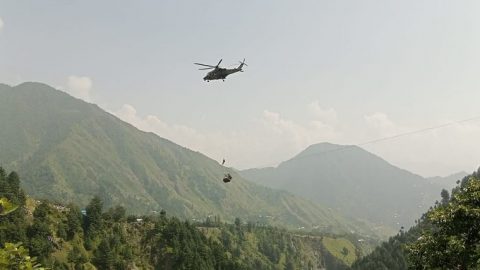
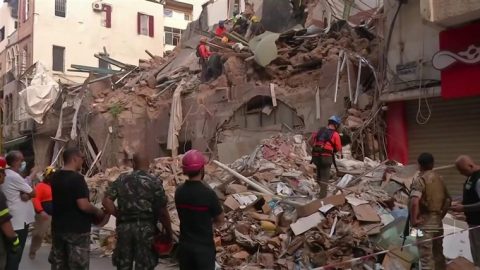
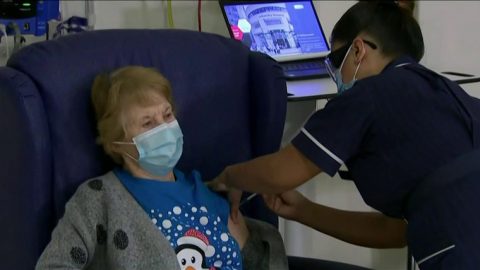
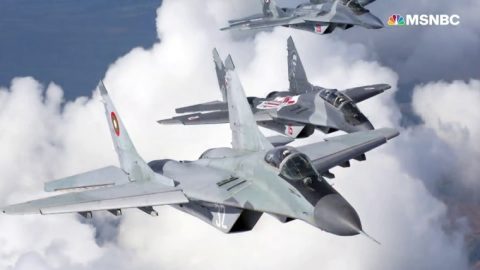
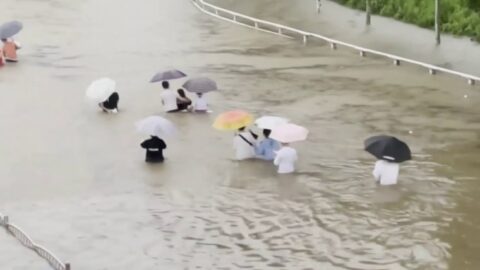
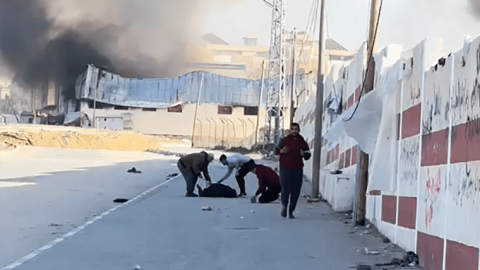
Recent Comments